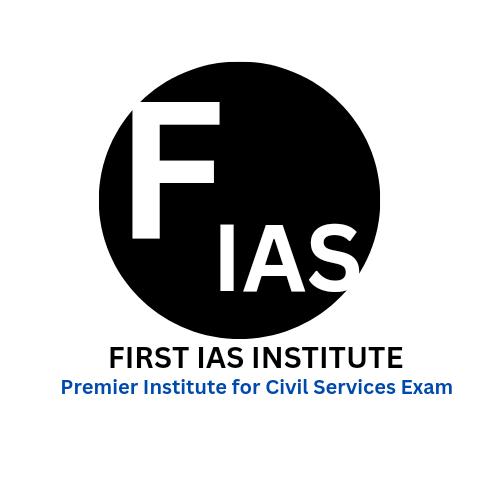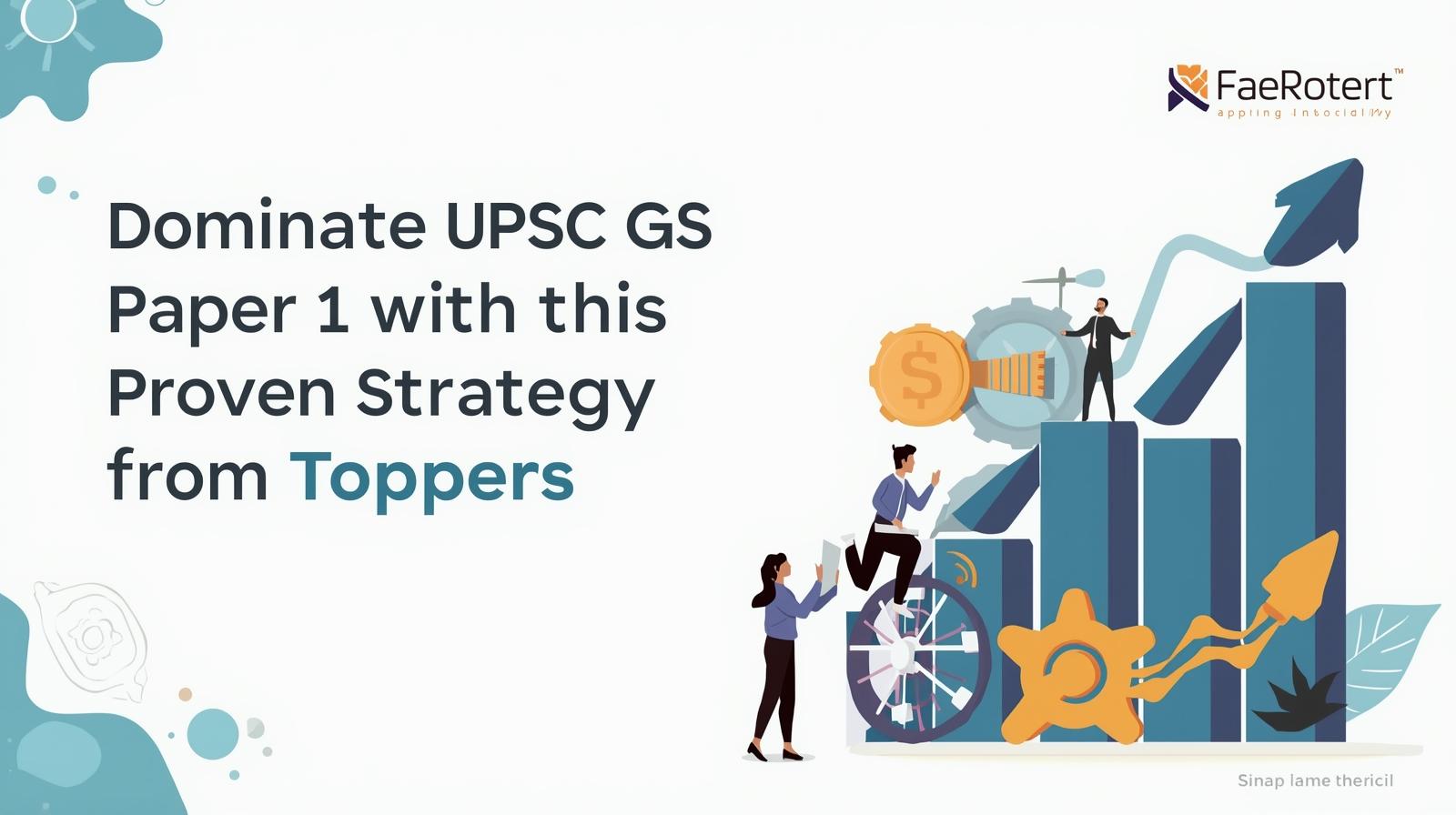Dominate UPSC GS Paper 1: Toppers’ Proven Strategy
General Studies Paper 1 sets the pace for UPSC Mains. Standing out among thousands of answers demands much more than just memorising facts. Top scorers blend strong conceptual clarity with sharp analytical skills, linking static and current topics within a well-structured answer. Mastering GS 1 requires a blend of the right resources, continuous practice, and real exam skills.
Unpacking the Syllabus and Building Strong Foundations
The GS 1 syllabus covers:
- Indian Heritage and Culture
- Modern Indian History and World History
- Indian Society
- Geography (Physical, Human, Indian, World)
Top performers start with a deep syllabus analysis. Understanding each theme’s depth prevents studying irrelevant details and sharpens focus. Most toppers map the entire syllabus to both standard sources and previous years’ questions, prioritising micro-notes on crucial topics.
The Smart Resource Selection
Toppers stress starting with NCERTs for history, geography, and society. Nitin Singhania for culture, Bipan Chandra for modern history, and G.C. Leong for physical geography remain standard choices. For Indian society, use the class 12 Sociology NCERTs. Supplement reading with current affairs magazines and government reports. Accurate, limited resources are key; overloading reference materials dilutes efficiency.
Syllabus-Wise Preparation Approach
Heritage and Culture
- Focus on art, architecture, literature, and UNESCO world heritage sites
- Use visuals—timelines, art flowcharts, style comparison tables
- Link topics to contemporary news and developments
Modern and World History
- Create timelines and cause–effect maps for events
- Use previous years' question trends to identify high-yield issues
- Practice writing on major freedom movements, reformers, and post-independence themes
Society
- Study contemporary examples for social issues (gender, urbanization, migration, communalism)
- Refer to recent census, NFHS data, and current policy changes
Geography
- Prepare maps, diagrams, and case studies (e.g., river interlinking, climate anomalies)
- Correlate physical concepts (monsoon, earthquakes, resources) with human and economic geography
Integrating Current Affairs
Integrate current events with each subject. For instance, link social policy with data from NFHS or new government schemes, or tie geographical trends to disasters. Toppers routinely update static notes with related newspaper clippings and editorials.
Toppers’ Answer Writing Secrets: Structure and Presentation
Top answers have:
- A sharp introduction (define, contextualize, or quote Constitution/provisions)
- Logical, well-segmented body (headings, bullet points, case studies, diagrams, data)
- A thoughtful conclusion (link to constitutional ideals, vision documents, reforms, or present challenges and solutions)
Use flowcharts, map sketches, and comparative tables to make answers visually rich and easy to process. Underlining key ideas, quoting relevant reports, and using up-to-date data add marks. Stay within prescribed word limits and finish each answer on time.
Rigorous Practice and PYQ Analysis
Consistent answer writing is non-negotiable. Mains mock tests, daily answer writing, and reviewing toppers’ copies build speed and structure. PYQ analysis is a compass—identify recurring themes and likely topics. Toppers map out the most frequent question patterns and prioritise these areas for last-phase revision.
Timed Revision and Note-Making
Revise static portions periodically and update notes for current linkages. Toppers break revision into daily or weekly micro-goals, ensuring even tough chapters don’t get ignored. Short, crisp notes make last-minute review possible.
Manage Time and Avoid Common Pitfalls
During preparation:
- Do not try to cover everything—prioritize using PYQ guidance
- Avoid making notes from too many sources; keep one main set
- Use diagrams/maps where possible, especially in geography and culture
- Regularly self-evaluate and adjust strategies based on practice results
In the exam:
- Attempt high-confidence questions first
- Allocate 7-8 minutes per 10-mark answer; 12-13 for 15-mark answers
- Never leave any question unattempted
Conclusion
UPSC GS Paper 1 can transform into a scoring paper if approached with smart planning, sharp answer writing, and dynamic integration of current with static topics. Prioritise quality revision, stick to proven resources, and keep practicing structured, analytical answers for maximum marks in Mains 2025.


 firstiasofficial@gmail.com
firstiasofficial@gmail.com
Leave a Comment